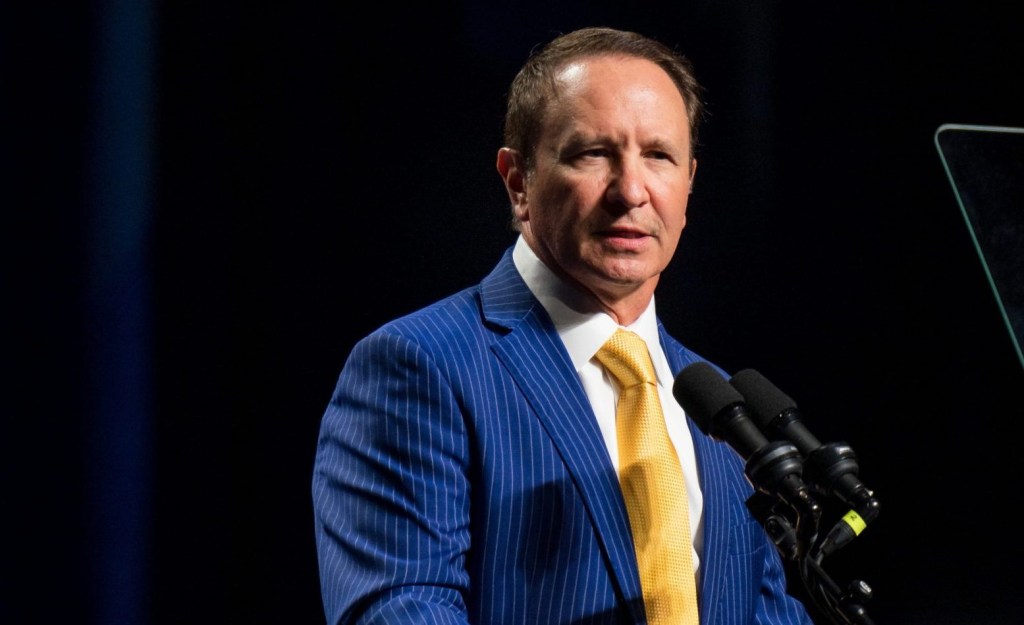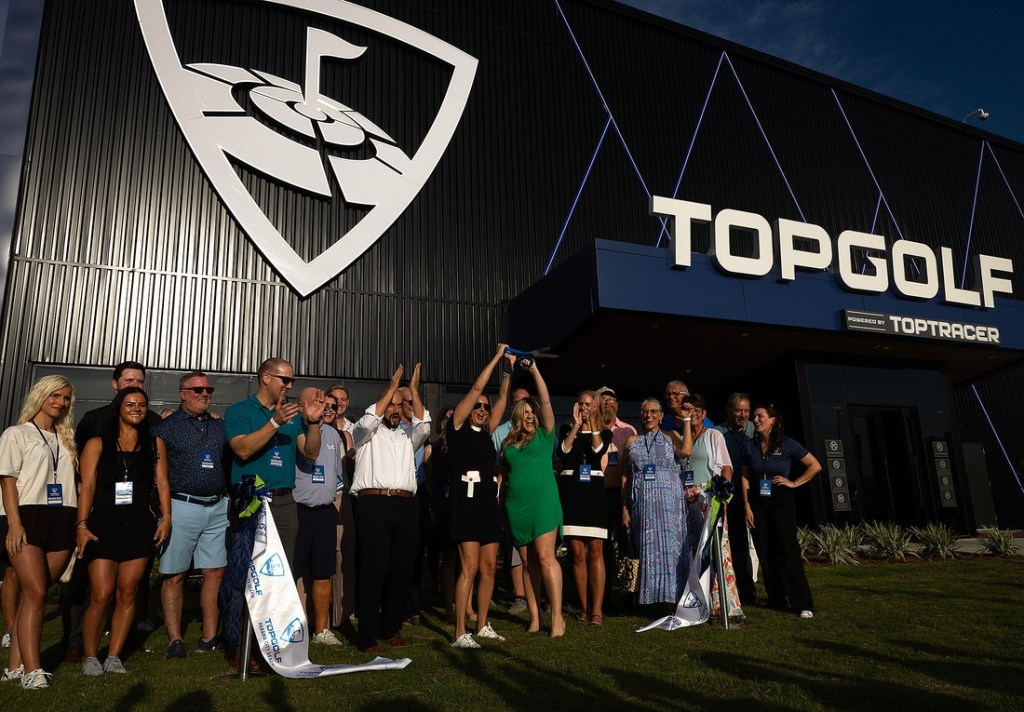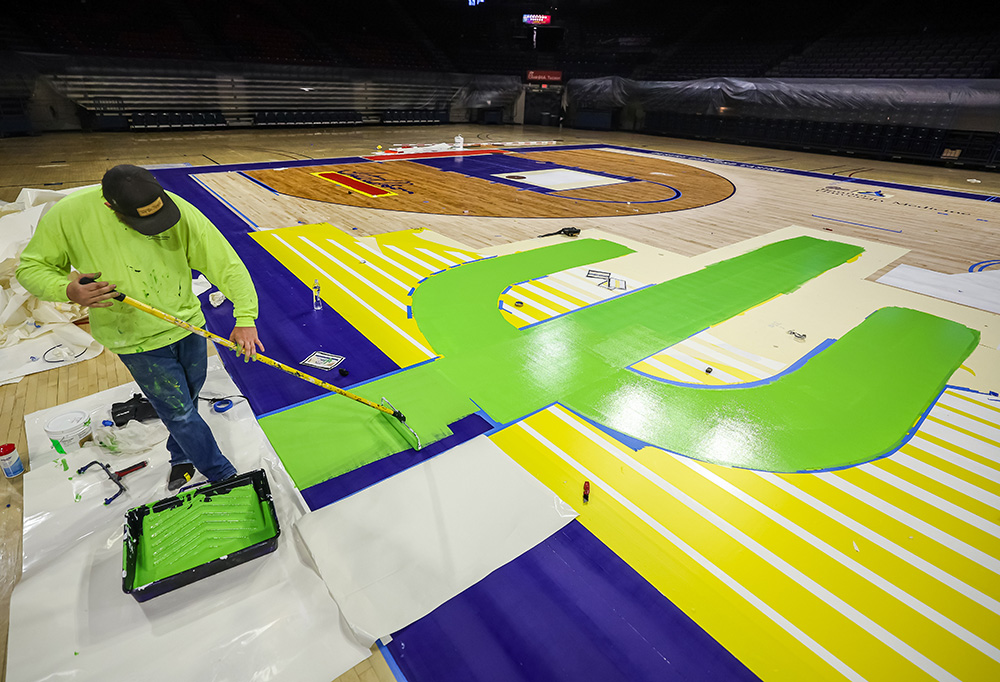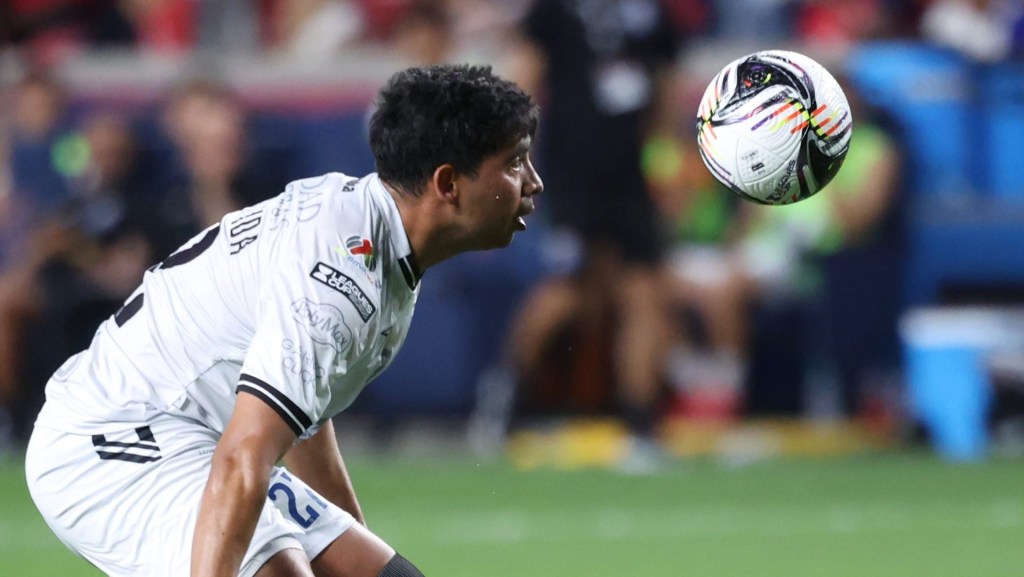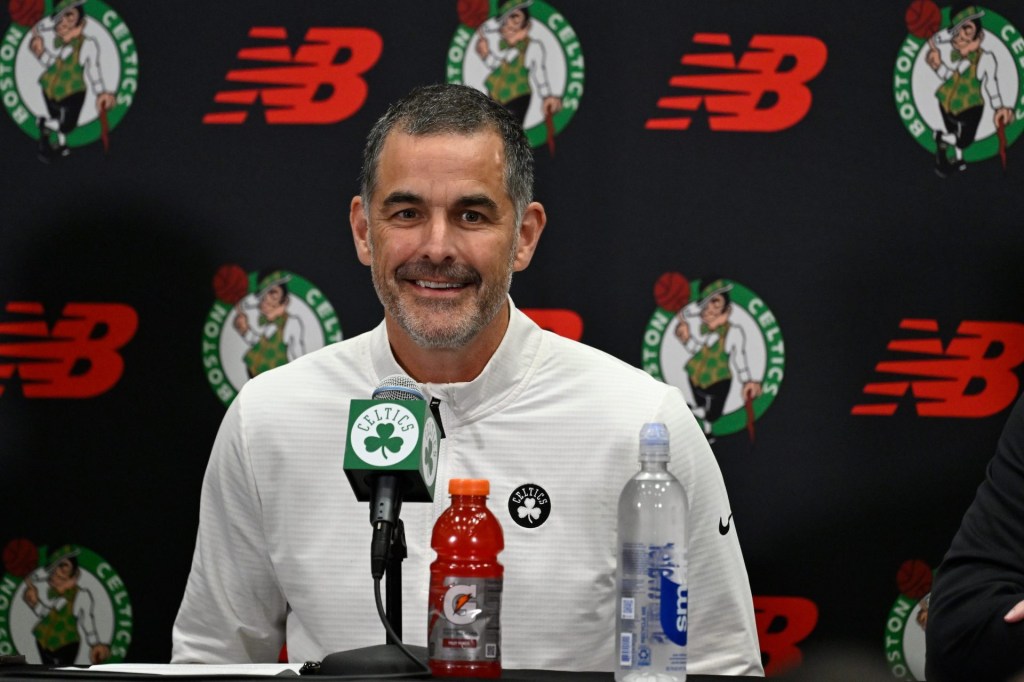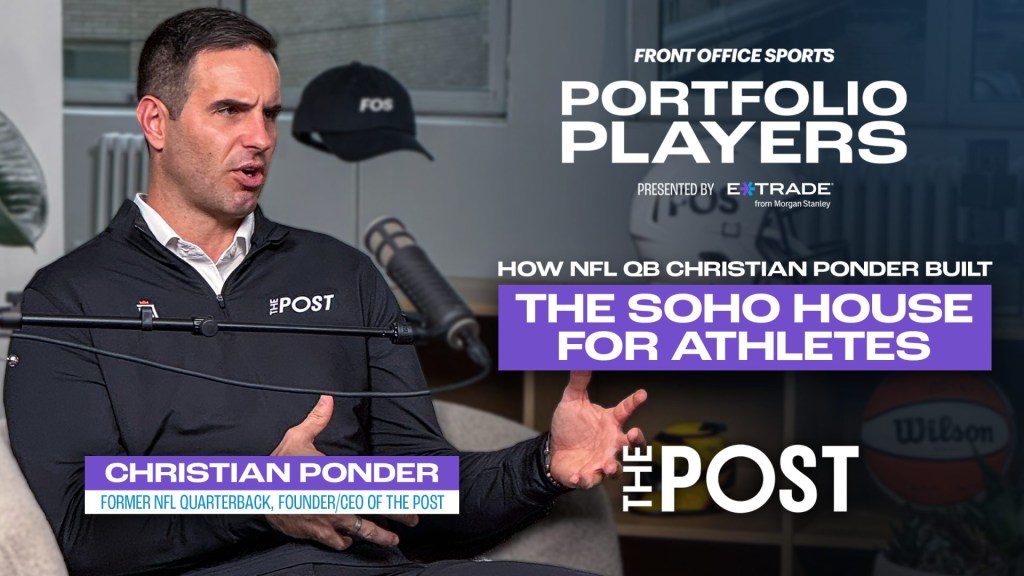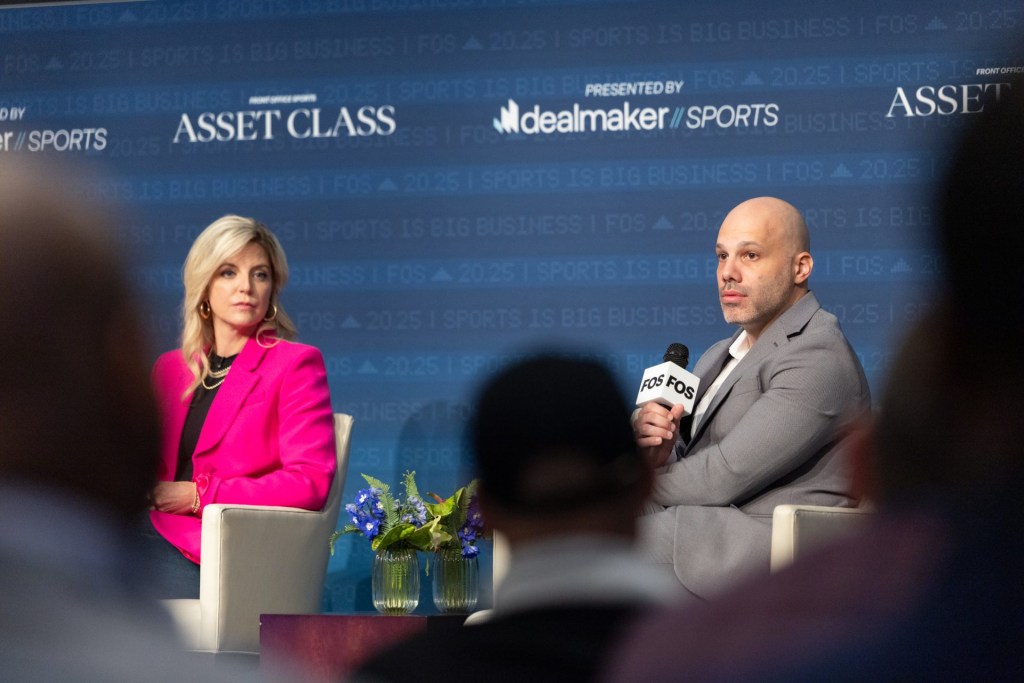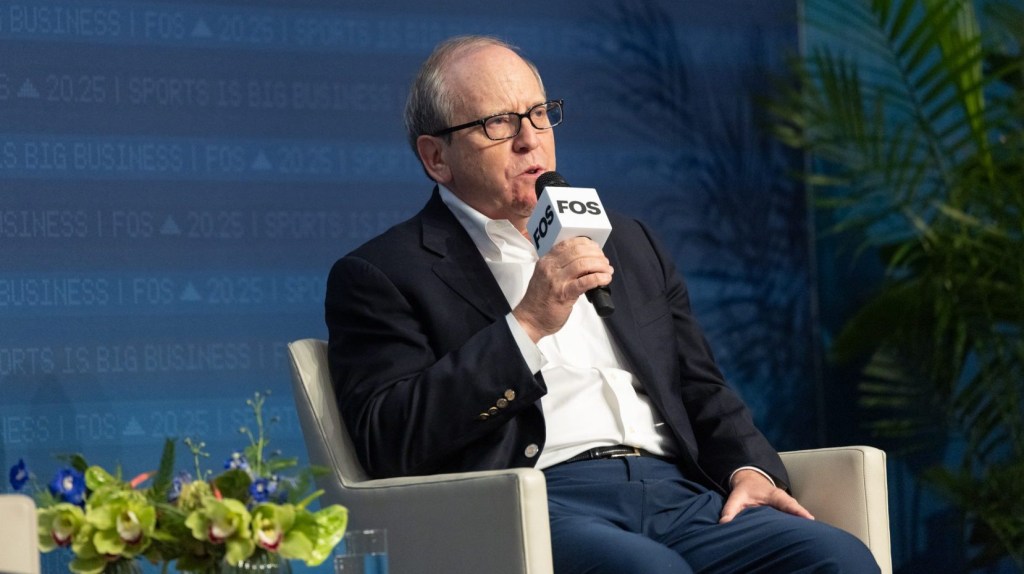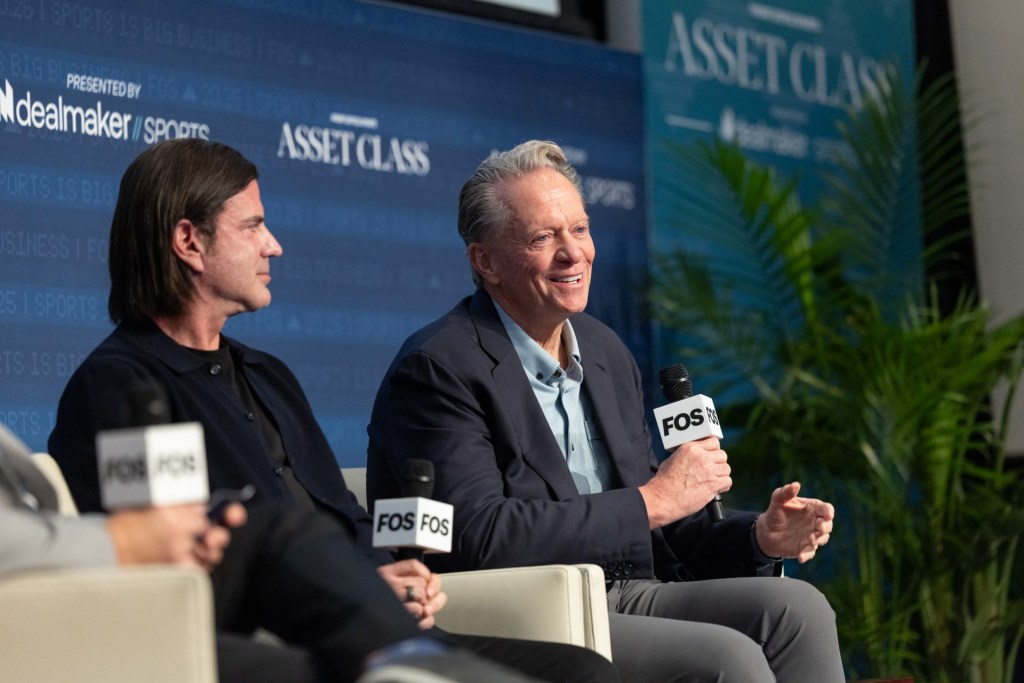Gen Z doesn’t want a cocktail, they want a kettlebell—and that cultural shift has led to health and fitness M&A activity as dealmakers seek to cash in on the trend.
Investment bank Houlihan Lokey’s latest fitness market report says activity has been “robust” this year, particularly with regard to deals for high-value, low-price gym chains like Planet Fitness and Crunch. There have been 44 total transactions worth a combined $2.1 billion, according to the report. That half-year total value is already higher than the figures for four of the past six full years, the report says.
Jeremy Hirsch, a director at Houlihan Lokey, tells Front Office Sports that “2025 is probably the biggest M&A year ever in fitness. Period, full stop.”
It’s not just that there’s been activity, but that the specific deals that have happened are “marquee transactions,” the report says.
Examples include the April acquisition of a majority stake in Crunch by private-equity firm Leonard Green & Partners, TSG Consumer Partners’ purchase in May of EoS Fitness, Bay Club’s June deal for 425 Fitness, and the late July sale of CycleBar and Rumble to Extraordinary Brands by Xponential Fitness.
The surge reflects more than investor appetite, according to Hirsch; it’s cultural momentum as consumers seek to diversify their fitness routines.
“No one’s really talking about Peloton anymore,” he says. “The reality is, especially for the younger generation—Gen Z—they value experiences, community, and getting out of the house.”
The data backs up the idea that people are no longer sticking to the at-home exercise bike as they did during the COVID-19 pandemic. In 2024, San Francisco–based exercise-tracking app Strava saw a 25% increase in uploads of weight-training activities by women, while uploads of yoga or Pilates activities by men increased 15%, according to the report. The increased activity has led Strava to get in on the M&A game—in April, it bought U.K. tech company Runna, and in May it acquired The Breakaway, a training app for cyclists.
“We continue to see more of those integrated performance apps into workouts,” Hirsch tells FOS. “People want to know that what they’re doing is working.”
Hirsch says more people are taking their health into their own hands, pointing to recent research showing that the percentage of U.S. adults who say they drink alcohol is the lowest it’s been in decades, if not ever. In lieu of after-work drinks, people are networking while going for walks or working out. While at-home fitness still has a place, it’s mostly as a convenience play.
“Maybe you’re working from home and you want to squeeze something in,” he says.
From an investment standpoint, Hirsch estimates the fitness market is already 85% consolidated, with most of the current action centered on large-scale players. That means the next major wave of exits likely won’t come until the early 2030s, when today’s private-equity buyers cycle out. Not every investor is cut out for it, because clubs demand consistent capital expenditures, and, as Hirsch put it, “the moment your club starts to feel old and tired, you’re toast.”
Still, there remain smaller plays that will eventually be up for grabs, and new players will always enter the market. Given strong membership trends (memberships at fitness facilities increased 5.8% from 2023 to 2024, according to the Health & Fitness Association), upselling opportunities at gym chains, and cultural tailwinds at its back, the fitness industry appears primed to stay hot in the deal market for years to come.
“People want to get out of the house, people want to go to the gym,” Hirsch tells FOS. “It’s becoming a bigger part of lifestyle and personality.”

